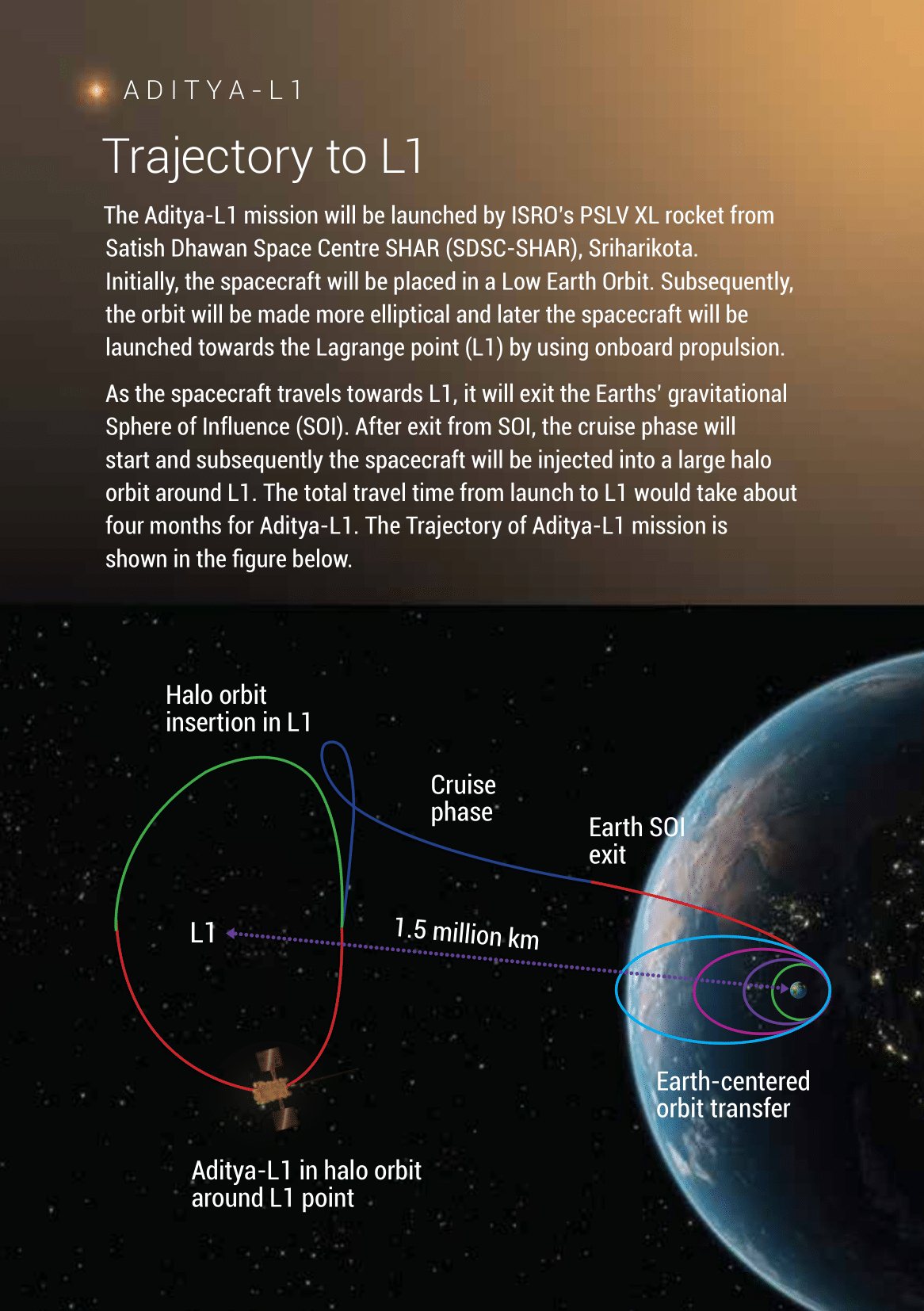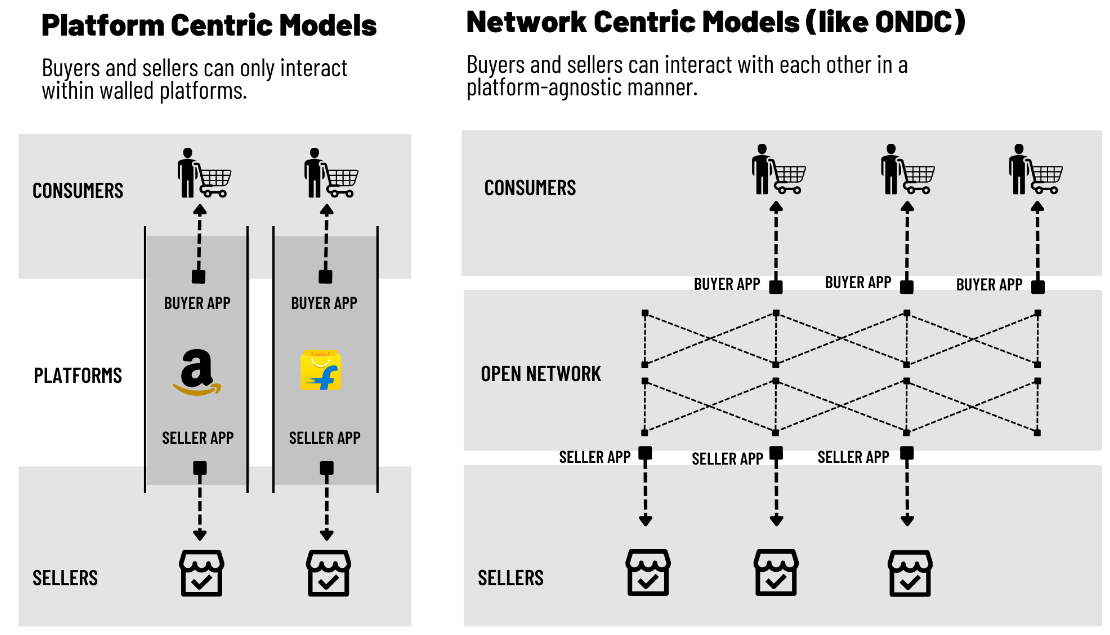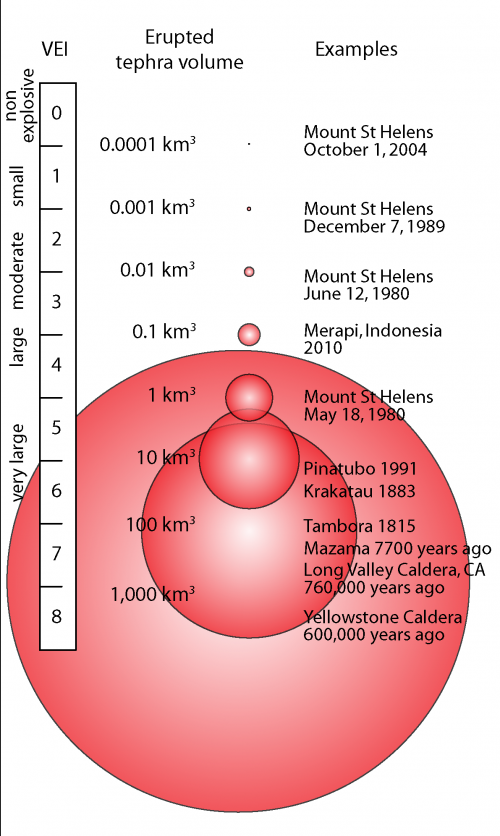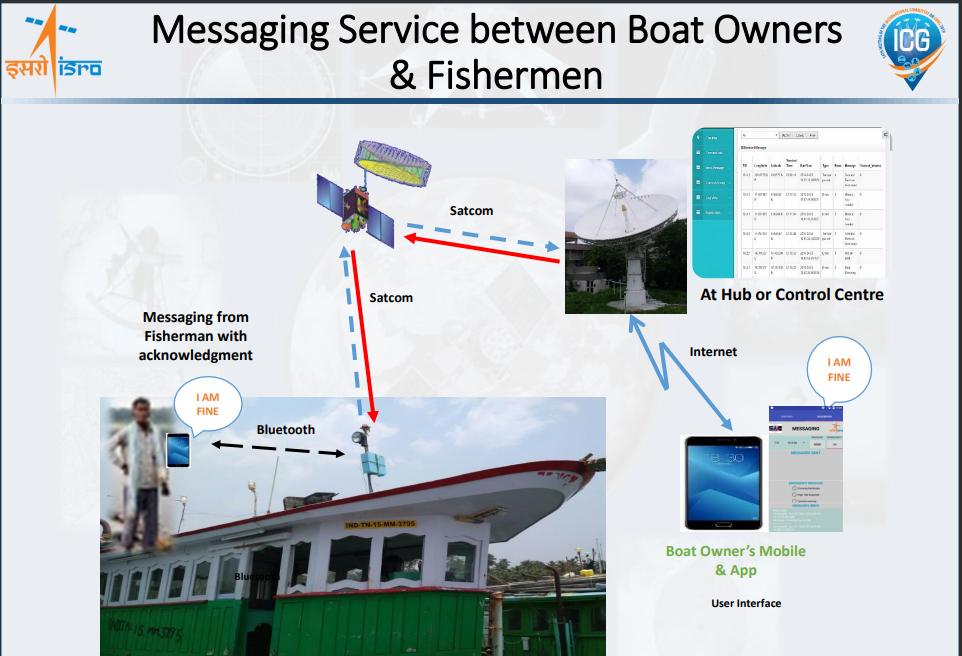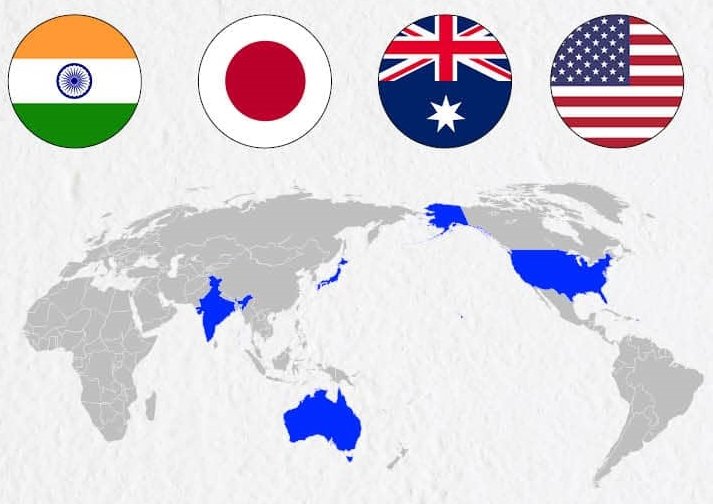
Current Affairs December 10-11, 2023: GPAI Summit 2023, Primary Agricultural Credit Societies (PACS), Dodo, Pradhan Mantri Fasal Bima Yojana, Climate Change Performance Index
Subscribers of "Current Affairs" course can Download Daily Current Affairs in PDF/DOC
Subscribe to Never Miss an Important Update! Assured Discounts on New Products!
Must Join PMF IAS Telegram Channel & PMF IAS History Telegram Channel
{GS1 – Geo – PG – Climatology} Intensification of Cyclone Michaung
- Context (TH): Cyclone Michaung has made landfall over Nellore in Andhra Pradesh as a super-cyclonic storm after leaving a trail of devastation.
- This tropical cyclone over the Bay of Bengal was named Michaung by Myanmar.
|
||||||||||||
IMD Categorisation of Cyclones
|
Reasons Behind the Intensification of Cyclone Michaung
- More time over warm waters before landfall.
- Unusual warm sea surface temperatures over Bay of Bengal providing the energy needed for cyclone intensification.
- Low wind shear allowing cyclones to develop vertically and intensify.
|
- Active phase of Madden-Julian Oscillation (MJO) leading to heightened convection and atmospheric instability.
Madden-Julian Oscillation (MJO)
|
Significance of Cyclone Intensification
- It complicates the cyclone forecast models because they alter the storm’s future course.
- It enables cyclones to land with increased energy, penetrate further inland, prolong their existence, and expand their destructive impact to previously unreachable regions.
For details on Tropical Cyclones > PMF IAS Physical Geography
For details on How Cyclones are Named? > {GS1 – Geo – PG – Climatology} Cyclone Midhili on 17th November 2023 CA
{GS2 – Meity – Initiatives} GPAI Summit 2023
- Context (PIB | PIB): India will host the annual Global Partnership on Artificial Intelligence (GPAI) Summit for 2023 in New Delhi.
Global Partnership on Artificial Intelligence (GPAI)
- GPAI is a multi-stakeholder initiative bridging the gap between AI theory and practice through research and applied activities on AI priorities.
- It will bring experts from industry, civil society, governments, and academia to promote the responsible evolution of AI.
- It is built around a shared commitment to the OECD Recommendation on AI.
- Initially, it will work on four themes:
- Responsible AI
- Data Governance
- Future of Work
- Innovation and Commercialisation
- Its founding members are Australia, Canada, the European Union, France, Germany, India, Italy, Japan, the Republic of Korea, Mexico, New Zealand, Singapore, Slovenia, the UK and the US.
- Launched in 2020 with 15 members, GPAI’s membership now includes 28 countries and the EU.
- India became the Council Chair of the GPAI in November 2022 after France.
Organisation for Economic Cooperation and Development (OECD)
|
Youth for Unnati and Vikas with AI (YUVAi)
- YUVAi is a collaborative initiative of the National e-Governance Division (NeGD), Ministry of Electronics & Information Technology (MeitY) and Intel India.
- It is set to be prominently featured at the GPAI Summit 2023.
- YUVAi is designed to equip the youth with essential AI skills to enable a future-ready workforce.
- It aims to equip students (class 8-12) nationwide with AI skills and empower them as human-centric designers and users of AI.
AI Gamechangers Award
- As part of the GPAI Summit 2023, MeitY is organising the AI Gamechangers Award.
- It will be awarded to diverse AI entrepreneurs and innovators, highlighting solutions aligned with GPAI’s thematic priorities: Global Health, Climate Change, Resilient Society, Collaborative AI for Global Partnership (CAIGP), and Sustainable Agriculture.
{GS2 – Vulnerable Sections – Tribes} Particularly Vulnerable Tribal Group (PVTGs)
- Context (TH): Tribal Affairs Ministry told the Rajya Sabha that the population of Particularly Vulnerable Tribal Groups (PVTGs) has not declined.
Particularly Vulnerable Tribal Groups (PVTGs)
- PVTG (previously known as a Primitive Tribal Group) is a sub-classification of Scheduled Tribes considered more vulnerable among the tribal groups.
- These groups have primitive traits, geographical isolation, low literacy, zero to negative population growth rate and backwardness.
- They largely depend upon hunting and a pre-agriculture level of technology.
- In 1973, the Dhebar Commission set up a separate category for Primitive Tribal Groups (PTGs).
- In 1975, the Centre identified 52 tribal groups as PTGs. In 1993, 23 more groups were added to the list.
- In 2006, these groups were named Particularly Vulnerable Tribal Groups (PVTGs).
- At present, there are 75 PVTGs out of 705 Scheduled Tribes.
- Odisha has the highest number of PVTGs.

- Criteria followed for identification of PVTGs are:
- Pre-agricultural level of technology
- Low level of literacy
- Economic backwardness
- A declining or stagnant population
|
Population of PVTGs
- Currently, 2.8 million PVTGs belong to 75 tribes across 18 states and UTs in India.
- According to the 2011 Census, Odisha has the largest population of PVTGs, followed by Madhya Pradesh and Andhra Pradesh (including Telangana).
- The largest PVTG is Odisha’s Saura community, numbering 535,000.
Pradhan Mantri Janjati Adivasi Nyaya Maha Abhiyan (PM JANMAN)
- Objective: To uplift the Particularly Vulnerable Tribal Groups (PVTGs).
- Funding: Centre and States to share in the ratio of 64:36.
- The scheme is in line with PM-PVTG Development Mission to improve the socio-economic conditions of the PVTGs.
- The scheme focuses on 11 critical interventions through 9 Ministries:
- Housing
- Drinking water and sanitation: Mission (JJM) and Swachh Bharat Mission-Gramin (SBM-G)
- Education
- Health and nutrition
- Road connectivity
- Telecom connectivity
- Livelihood opportunities
- Land rights
- Social security
- Cultural preservation
- Institutional support
PM – PVTG Development Mission
|
{GS2 – Vulnerable Sections – Elderly} Elderly Population in India
- Context (TH): The Minister of Labour and Employment held that ageing and demographic change have fuelled demand for geriatric care.
Status of Elderly Population in India
- Share in population: Constitute 8.6% of the total population; 51% of the elderly are women.
- Life expectancy in India: 67.5 years.
- 73% of the elderly live in rural areas; one-third are below the poverty line.
- India spends around 0.032% of GDP on the elderly.
- Share in workforce: 8.64% of total labour are aged 60 years and above (PLFS 2019-20).
Constitutional Provisions Related to the Elderly
- Art 41: Right to Employment, Education, and Public Assistance in cases of old age, or sickness.
- Art 46: Protection of Educational and Economic rights of the elderly.
- Art 47: Promotion of Diet, Lifestyle, and Public Health Of elders.
- Entry 24 in the Concurrent List: Welfare of Labor and Old Age Pension.
Contribution of the Elderly to the Development
- Valuable resources: As per NITI Aayog, older workers exhibit higher levels of job-related expertise and productivity, harnessing of which enriches society and allows for intergenerational learning and growth.
- Health & well-being: As per the Insurance Information Bureau report, less than 1% of the elderly have health insurance; prioritizing their health and well-being is of utmost priority.
- Care economy: A study found that they saved $70 billion annually in the UK in childcare costs.
- ‘Angel investors’ for family businesses by providing not just requisite capital, wealth and resources but also the necessary expertise to excel.
- Better entrepreneurs: According to Global Entrepreneurship Monitor India Report, individuals aged 45 and above had a higher rate of entrepreneurial activity compared to younger age groups.
- Reduced skills gap by leveraging the experience & expertise of older workers, businesses can bridge skill gaps and maintain continuity.
Problems faced by the Elderly
Social
- Erosion of traditional values and weakening inter-generational ties in Indian society.
- Negligence by Children: Study conducted by the National Institute of Social Defense found that 20% of elderly individuals experience neglect by their children or family members.
- Emotional Well-being: National Mental Health Survey reported that 10% of elderly individuals experience depression, emphasizing significance of mental health support & social engagement initiatives.
- Vulnerability to crime, abuse and violence by family members or caregivers. HelpAge India Report highlighted that 35% of the elderly face abuse by sons.
Financial
- Financial Dependence: According to survey by HelpAge India, 47% of elderly people are economically dependent for income on pensions, cash transfers and family support.
- Rural-Urban Migration: WB reports that rural-to-urban migration has resulted in a demographic shift, leaving many elderly individuals in rural areas with limited support systems and resources.
Health
- Burden of Health issues such as locomotor disabilities and deafness among the elderly, poor mental health & well-being arising from senility and neurosis, and gaps in geriatric care services in rural areas.
- Depression and Social Isolation particularly among those living alone, especially widows.
Other issues
- Feminisation & ruralisation of elderly, inadequate legal protection, limited adoption to technology, vulnerability to climate change
Way Forward
- Addressing challenges of the elderly by promoting healthy & active ageing, ensuring adequate social protection & pensions, fostering intergenerational solidarity, and combating age discrimination.
- Developing rural villages as role models in people’s aspirations by engaging elderly in local economy.
- Incentivize investment (impact investing, social bonds, crowdfunding), philanthropy and public funding to drive innovation and market growth in the silver economy.
- Connecting old age homes and orphanages to help utilise their life-long experience and provide nurture to the orphanages. For eg, MAITRI APP.
- Palliative care on lines of Malappuram model to be institutionalised at the national and state level.
- Reaping ‘second demographic dividend’ by engaging the elderly in social entrepreneurship, providing them with capital and leveraging their potential and creativity to create value for society.
Government Initiatives for Elderly
- Project SAGE
- SACRED portal
- Rashtriya Vayoshri Yojana (RVY)
- Maintenance and Welfare of Parents and Senior Citizens Act, 2007
- National Policy for Senior Citizens
- Pradhan Mantri Vaya Vandana Yojana
{GS3 – Agri – Schemes} Pradhan Mantri Fasal Bima Yojana (PMFBY)
- Context (PIB): There has been a growth of 28.9% in farmers insured under the Pradhan Mantri Fasal Bima Yojana (PMFBY) scheme in the Kharif 2023 season.
- The PMFBY crop insurance scheme was launched in 2016.
- It was formulated in line with the One Nation-One Scheme theme by replacing:
- National Agricultural Insurance Scheme (NAIS) and
- Modified National Agricultural Insurance Scheme (MNAIS).
Objectives of PMFBY
- Provide insurance to farmers for crop failure due to unforeseen events (natural calamities, pests and diseases).
- Stabilise the income of farmers to ensure their continuance in farming.
- Encourage farmers to adopt innovative and modern agricultural practices.
- Ensure credit flow to the agriculture sector to ensure food security, crop diversification, and growth and competitiveness.
Crops Covered by PMFBY
- Food crops (Cereals, Millets, and Pulses)
- Oilseeds
- Commercial/Horticultural crops
Rate of Premium Paid by the Farmer to Insurance Company under PMFBY
| Crop |
|
| Kharif crops | 2% |
| Rabi crops | 1.5% |
| Commercial crops | 5% |
| Horticultural crops | 5% |
- If the premium rate quoted by the Insurance Company is higher than the above rates, the difference will be paid by the State and GoI at 50% each in the form of premium subsidy.
- GoI’s share in premium subsidy is 90% for the North Eastern States.
- GoI’s premium subsidy is limited up to 30% for unirrigated areas/crops and 25% for irrigated areas/crops (Before 2020, there was no upper for central subsidy).
- There is no upper limit on Government subsidy.
Farmers Covered by PMFBY
- The scheme is optional for all farmers. (Before 2020, it was mandatory for farmers who have taken institutional loans)
Coverage of Risks and Exclusions under the PMFBY Scheme
- Crop risks leading to crop loss covered under the scheme are:
- Prevented Sowing/Planting/Germination Risk
- Standing Crop (Sowing to Harvesting)
- Post-Harvest Losses
- Localized Calamities
- Crop loss due to attack by wild animals
- General Exclusions: Losses due to war and nuclear risks, malicious damage, and other preventable risks shall be excluded.
Achievements of PMFBY
- Improvement over its predecessors: PMFBY is in line with One Nation – One Scheme theme; incorporates the best features of all previous schemes & removes their shortcomings.
- Expansive coverage: Largest crop insurance scheme in terms of farmer participation and the third largest in terms of the premium.
- Inclusion of Localized Risks such as hailstorm, landslide, and inundation affecting isolated farms.
- Support to poor farmers: No upper limit on Government subsidy and 50% upfront premium to be paid to insurers at the beginning of the season by both Centre and states.
- Ensures timely payment due to mandatory penalty to be paid by the states for the delay in the release of their share of premium. In case of excessively delayed payment, states disallowed to participate in subsequent seasons.
- Use of Technology: Use of Remote Sensing Technology, Smartphones & Drones for quick estimation of crop losses to ensure early settlement of claims.
Failures of PMFBY
- Exclusion errors: Lack of clarity on how states choose the major crops, which results in exclusion from insurance coverage of farmers who grow non-notified crops.
- Incomplete coverage: Covers only weather-based risks and not Price risks (Market shocks).
- Lack of competition serves as a disincentive for insurance companies to improve or upgrade their products and pricing, leading to a monopoly over the scheme.
- Delays in assessment and settlement of claims due to lack of trained professionals to handle Crop Cutting Experiments (CCEs), and unreliable current technology.
- Lack of rural infrastructure: Insurers still face problems in reaching farmers to convey to them the benefits of insurance.
- Exits by States & Farmers: States such as Gujarat, Jharkhand, WB, Bihar etc. have opted out of the scheme, citing high cost of premium subsidy.
- Farmers’ enrolments have seen more than 20% decline due to inadequate & delayed compensation from state govt (premium subsidy) & insurance companies (insurance claims).
- Lack of awareness: According to a CAG report, 2/3rd of the farmers were unaware of the scheme.
- Grievance redressal gap: Standing Committee noted that only 15 states/UTs have notified Grievance Redressal Committees at both the state and district level, as mandated under the scheme.
Way Forward
State Governments Related Measures
- Strengthen capacity of state governments by increasing funds for rural infrastructure, incentivising development & use of technology like remote-sensing, satellite imagery for effective implementation.
Insurance Companies Related Measures
- Strict compliance with timelines for claim settlement to ensure timely compensation to farmers.
- Competitive insurance products by having at least two insurance companies in a cluster of villages.
- Use of CSR funds by insurance companies in the districts from where profits are earned.
Other Measures
- Mandatory awareness programmes for farmers on the benefits of crop insurance via radio, word of mouth, campaigns and farmer meetings.
- Holistic approach: Combining scheme provisions with efforts towards land and water management, irrigation development, soil conservation and improvement in public delivery systems.
{GS3 – Envi – Conservation} De-extincting the Dodo
- Context (IE): Geneticists and conservationists collaborate to reintroduce the extinct Dodo to its native habitat in Mauritius.
- This has been done by sequencing Dodo’s entire genome using DNA extracted from a Dodo’s skull.
- The genome of the Nicobar pigeon, the dodo’s closest extant relative, was sequenced, and its primordial germ cells (PGCs) were found.
- The Nicobar pigeon’s PGCs will now be edited to express the physical traits of a dodo.
- Edited PGCs will then be inserted into the embryos of a sterile chicken and rooster, who will act as ‘interspecies surrogates’.
|
Dodo (Raphus cucullatus)
- Dodo is a flightless bird endemic to the island of Mauritius.
- It was about the size of a turkey, with small wings, a large, hooked beak, and greyish-blue plumage.
- It is a herbivorous species found mainly in the dry lowland forests.
- Cause of extinction: It was hunted to extinction by Dutch colonists and invasive species (dogs, cats, rats, etc.) they brought with them in the late 17th century.
- IUCN Status: Extinct
Nicobar Pigeon or Nicobar Dove (Caloenas nicobarica)
- Nicobar Pigeon is found in the A&N Islands and Southeast Asia.
- Habitat: Forests and scrublands.
- Threats: Agriculture, aquaculture, hunting, invasive species, diseases.
- IUCN Status: Near Threatened
{GS3 – IE – Banking} Primary Agricultural Credit Societies (PACS)
- Context (TH): Model Byelaws have been framed by the Ministry of Cooperation to improve PACS’s viability and transform them into vibrant economic entities.
- Objective: Empower PACS to diversify by engaging in 25 business activities including dairy, fishery, floriculture, setting up godowns, procurement of foodgrains, fertilizers, seeds, etc.
- Makes room for inclusiveness: Provisions included for representation of women, SCs, and STs.
- Significance of Model Bye-Laws:
- Enable PACS to serve as multi-service centres, improve their operational efficiency, transparency and provide agricultural credit and non-credit services, etc., in rural areas.
- Help farmers get short-term, medium-term and long-term credit and other services such as fertilizers, storage facilities, banking services, etc., at one stop to meet their varied needs.
- Obtain benefits of social security schemes, micro insurance, more than 300 e-services of CSC, etc.
- Enable farmers to get additional and stable sources of income.
Primary Agricultural Credit Societies (PACS)
- PACS are village-level cooperative credit societies that deal directly with farmers.
- They serve as the last link in a three-tier cooperative credit structure — State Cooperative Banks District Central Cooperative Banks PACS (the smallest cooperative credit institution).
- PACS also constitute the lowest tier of the Short-Term Cooperative Credit (STCC) structure.
- NABARD refinances PACS through District Central Cooperative Banks and State Cooperative Banks.

Members of PACS
- Individual farmers are members of the PACS, and office-bearers are elected from within them.
- A village can have multiple PACS.
Short-term lending to members
- PACS provide short-term and medium-term credit and other input services, like seeds, fertilisers, pesticide distribution, etc., to member farmers.
- In short-term lending (also called crop loans), farmers avail credit at the start of the cropping cycle.
- Banks (including PACS) extend this credit at 7% interest (under the interest subvention scheme, central and state governments subsidise a part of this interest).

Advantages of PACS
- Minimal paperwork: PACS can extend credit with minimal paperwork within a short time. Farmers have to deal with tedious paperwork and red tape with other scheduled commercial banks.
- Timely Access to Credit: PACS, with their last-mile connectivity, provide farmers timely access to capital.
- Financial Inclusion: They increase financial inclusion in rural areas with limited formal financial services.
- Kisan Credit Card Loan: PACS account for 41% of the KCC loans given by all entities in the Country and 95% of these KCC loans through PACS are to the Small and Marginal farmers.
Downsides of PACS
- Since PACS are cooperative bodies, political compulsions trump financial discipline (the authority of the recovery agents is diminished due to political interference).
PACS as Common Service Centres (CSCs)
- PACS have been enabled to function as CSCs, form FPOs, apply for LPG Distributorship, retail petrol/diesel pump outlets, Jan Aushadhi Kendras, work as fertilisers distribution centres, etc.
- Delivery of CSC services through PACS in rural areas will increase employment opportunities.
Common Services Centres (CSCs)
|
{GS3 – S&T – AI} World’s First Laws to Regulate AI
- Context (IE | TOI): Europe becomes the first continent to set rules to regulate the use of artificial intelligence (AI).
- The deal on the EU AI Act was reached after negotiation between the European Parliament and the EU member states. The Act is likely to come into force by 2025.
- Objective: To protect the public and build public trust for AI adoption.
Concerns Associated with AI
- Biasness: AI can amplify biases from training data, resulting in unfair outcomes.
- Harmful content: It can generate harmful content, like hate speech, misinformation, and propaganda.
- Privacy violation: It can generate or process sensitive and private information without users’ consent.
- Manipulation using deepfakes: Deepfakes are AI-generated synthetic media that seamlessly replace someone’s face or voice in an existing image or video.
- Security risks: It can be misused for malicious activities, including phishing emails, cyberattacks, etc.
- Inappropriate and restricted content: It can generate inappropriate, offensive, or harmful content. E.g., explanations on how to make explosives.
- AI hallucinations: AI hallucinations refer to a phenomenon where AI systems generate creative and imaginative outputs that are false, nonsensical, or contradictory.
The EU AI Act Framework
- The EU legal framework broadly divides AI applications into four risk classes:
1. Unacceptable Risk AI Systems
- These systems are considered a threat to people and will be banned. It includes:
- Cognitive behavioural manipulation of people or specific vulnerable groups: E.g., voice-activated toys that encourage dangerous behaviour in children.
- Social scoring: Classifying people based on socioeconomic status or personal characteristics.
- Real-time and remote biometric identification systems: Such as facial recognition.
- Exception: Post-remote biometric identification systems where identification occurs after a significant delay will be allowed for serious crimes with court approval.
2. High-Risk AI Systems
- AI systems that negatively affect safety or fundamental rights will be considered high-risk AI systems.
- They will be divided into two categories:
- AI systems used in products like toys, aviation, cars, medical devices, and lifts.
- Certain AI systems, like those in biometric ID, education, employment, etc.
- They will undergo pre-market and lifetime assessments.
3. Generative AI Systems
- Generative AI, like ChatGPT, will have to comply with transparency requirements:
- Disclosing that the content was generated by AI.
- Designing the model to prevent it from generating illegal content.
- Publishing summaries of copyrighted data used for training.
4. Limited Risk AI Systems
- They must meet basic transparency requirements for users to make informed decisions.
- Users can decide to continue using the application after interaction.
- This includes AI systems that generate or manipulate image, audio, or video content, like deepfakes.
India’s Approach to AI
- New Delhi positions itself, especially to Global South nations, as adept in using technology for widespread governance solutions.
- India adopted the Digital Public Infrastructure (DPI).
- In it, the government sanctions the underlying technology of components of DPI.
- It is offered to private entities to develop various use cases.
- India wants to take the same DPI approach with AI.
Digital Public Infrastructure (DPI)
|
General Data Protection Regulation (GDPR): Europe’s Leadership on Tech Legislation
|
{Prelims – Envi – Index} Climate Change Performance Index (CCPI)
- Context (TH): India has been placed 7th in the Climate Change Performance Index (CCPI) 2024.
- Published annually since 2005, it is released annually by Germanwatch, New Climate Institute & Climate Action Network.
- The Index evaluates the climate mitigation efforts of 63 countries and the European Union, covering over 90% of global greenhouse gas emissions.
- It assesses each country’s performance in four categories: GHG Emissions (40%), Renewable Energy (20%), Energy Use (20%) and Climate Policy (20%).
- It provides information on the extent to which each country is taking appropriate action in the areas of Emissions, Renewable energy and Energy use to achieve the climate goals set in the Paris Agreement.
- Each country is rated in a category that includes Very High, High, Medium, Low, Very Low and Not Included.
Findings of the Report
- The 1st three ranks in the overall ranking remain empty.
- Denmark ranks best, followed by Estonia in 5th place and the Philippines in 6th place.
- Bottom countries: Saudi Arabia, Iran, UAE and Korea.
- G20 countries performance:
- With India, Germany (14th), and the EU (16th), only three G20 members are among the ‘high’ overall performers.
- Fifteen G20 countries receive an overall ‘low’ or ‘very low’.
- Canada (62nd), Russia (63rd), South Korea (64th), and Saudi Arabia (67th) remain the G20’s worst performing countries.
India’s Performance
- India stood at 7th position (last year 8th).
- India achieved a score of 70.25% (last year’s score 6.35%)
- India was ranked:
- 9th in GHG Emissions,
- 10th in Energy Use,
- 10th in Renewable energy, and
- 37th in Climate policy.
{Prelims – Sci – Bio – Disease} Potteromyces Asteroxylicola
- Context (WION): Potteromyces asteroxylicola, a 407 million-year-old fungus, is the world’s oldest disease-causing species that caused plant fungal diseases.
- It was discovered in fossil samples from the Rhynie Chert, a crucial geological site in Scotland.
- The site is known for its well-preserved Early Devonian communities of plants and animals, including fungi and bacteria.
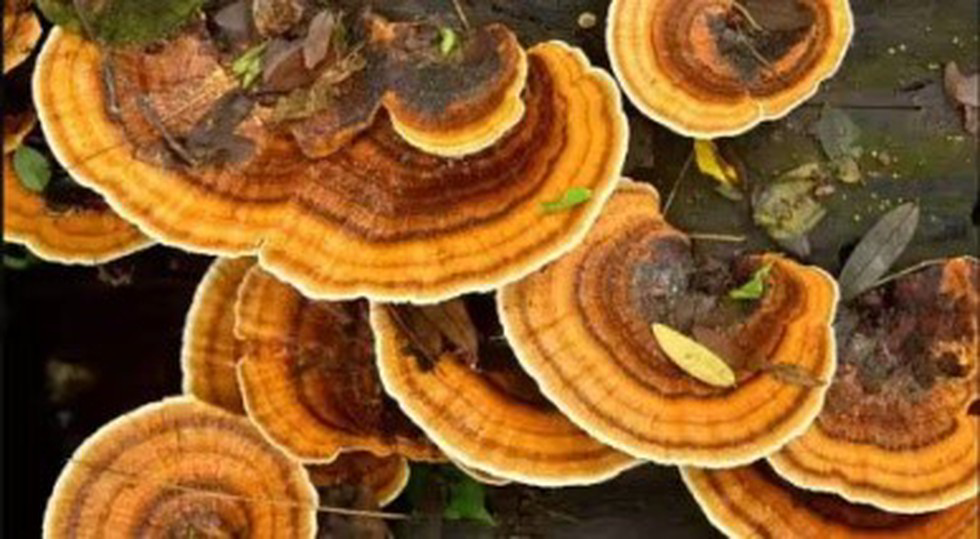





![PMF IAS Environment for UPSC 2022-23 [paperback] PMF IAS [Nov 30, 2021]…](https://pmfias.b-cdn.net/wp-content/uploads/2024/04/pmfiasenvironmentforupsc2022-23paperbackpmfiasnov302021.jpg)
